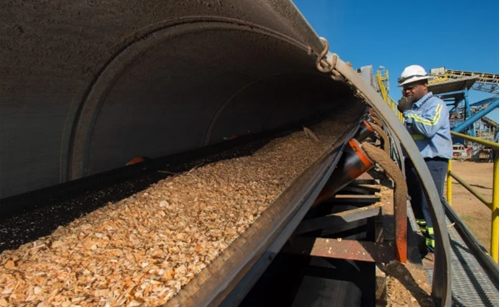Unlike the particularity of garbage and livestock manure, biomass fuel for agricultural and forestry waste is most likely to move to a large-scale, high-efficiency, low-cost large-scale coal-fired power plant biomass-coupled power generation model.
In terms of technology and operation, because European countries have nearly 20 years of experience in large-scale coal-fired power plant biomass-coupled power generation, we can absorb and digest it and get out of the high-efficiency low-cost biomass power generation route that suits my country’s national conditions.
In terms of electricity market, in 2019 Finland has less than 1% of China’s electricity and Denmark has less than 0.5% of China’s electricity, and the population of both countries is only more than 5 million. In a country where the population and power supply are much smaller than China, no matter which mode of biomass power generation is used, it will not have much impact on its industry and country, and even if Finland and Denmark are small European countries, Also after 2000, the route of coupled biomass power generation was selected. For a large country like China, hundreds of low-efficiency, high-cost, small-scale solid waste treatment biomass power plants operate continuously at full load, for a long time, and with high subsidies, while a larger number of high-parameter high-efficiency Coal-fired power plants operate or shut down at low loads, which is itself a low-efficiency mix of power resources.
In terms of biomass fuel, according to China’s agricultural and forestry waste biomass resources equivalent to 460 million tons of standard coal, 10% of the amount is processed in the mode of small solid waste. The power consumption of standard coal is 470g/kwh, which can provide 97.87 billion yuan to the power grid. KWh, and the current state financial subsidies for all biomass power generation categories are only 14.24 billion kWh. Equivalent to the amount of biomass fuel, it is only 6.694 million tons of standard coal calorific value biomass fuel, which is less than 1.5% of the country’s total agricultural and forestry waste. More biomass fuels cannot be sold to biomass power plants after they are collected, or cannot be subsidized in time after being sold for power generation.
In terms of power structure, according to data released by the National Energy Administration, coal power in my country’s power structure will still exceed 2/3 in 2019, compared with 29.1% in Germany, 23.5% in the US, 1.9% in the UK, and 0.3% in France. my country’s power structure requires a higher proportion of clean and renewable energy, not just wind power and solar energy.
In the coal power industry, according to data released by the National Energy Administration, the annual utilization hours of coal power in my country in 2019 are less than 4,300 hours. If a coal-fired power plant burns part of the biomass fuel, it will help to increase the utilization hours and load of the coal-fired power plant and improve the power plant’s operating status.
Combined with appropriate industry policies, large-scale coal-fired power plant biomass-coupled power generation will take my country’s biomass power generation industry to a whole new level.



